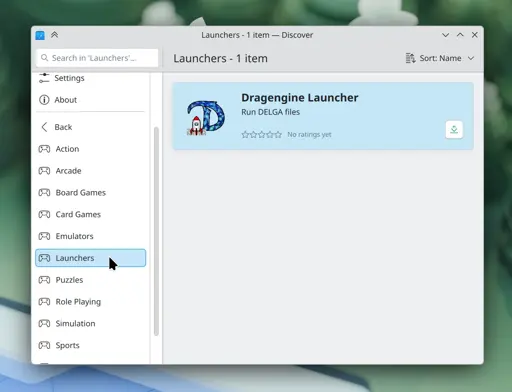

No worries, I did not get you wrong. I commented, because I (rightly) assumed that you care to not sound elitist.
I think, a big part of the problem is that saying one choice is superior kind of implies in itself that people who don’t make this same choice are not the smartest.
Obviously, in reality there is a lot of other factors, like inertia (you don’t have to be stupid to not want to learn a different system) and well, the system being separate from the ecosystem (all the light/dark mode features won’t convince someone to switch who strictly needs an application that won’t run on Linux).
But yeah, if people don’t pick up on this nuance or don’t give you the benefit of the doubt, that just is likely to sound elitist to them… 🫠











Sorry, I meant a mop. Couldn’t think of the word and wanted to express that it should just be damp, not actually wet…